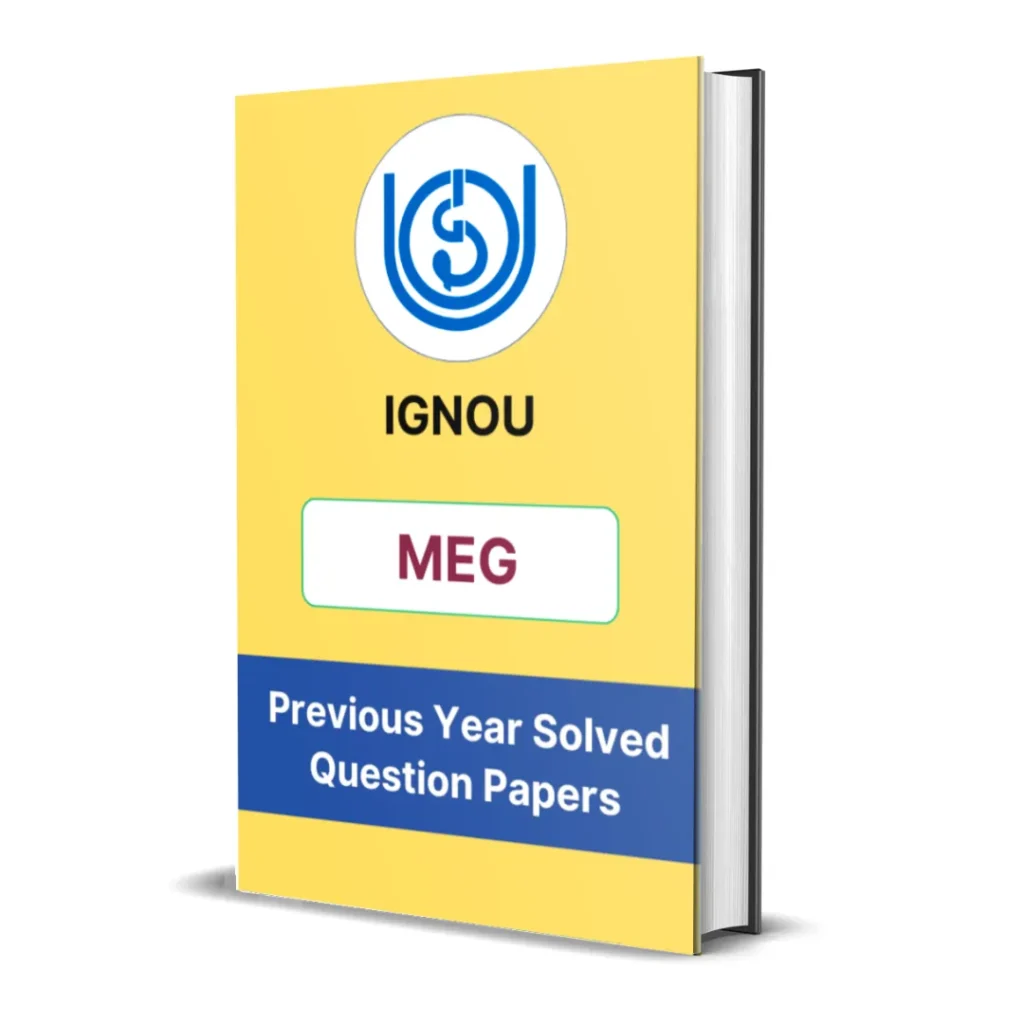MEG-03 Block 2 Summary | Jane Austen: Pride and Prejudice
- Last Updated On August 13, 2025
Table of Contents
Here you will get the detailed summary of IGNOU MEG 3 Block 2 – Jane Austen: Pride and Prejudice.
We have provided the summary of all units starting from unit 1 to unit 6.

Introduction
Block 2 of the IGNOU MEG-3 course focuses on Jane Austen’s Pride and Prejudice, offering an in-depth exploration of the novel through six comprehensive units. The block aims to develop a nuanced understanding of the novel’s themes, characters, narrative strategies, and critical interpretations. It situates Pride and Prejudice within its social and literary context and encourages students to analyze the text through both traditional and contemporary critical lenses.
Through a systematic breakdown, this block not only highlights the novel’s artistic and structural elements but also addresses the socio-economic and gender concerns reflected in the text. The combination of thematic analysis, character study, and narrative technique provides learners with a holistic approach to reading and appreciating Austen’s work as both a product of its time and a timeless commentary on human behavior and social conventions.

Unit 1 – The Novel in its Context
This unit places Pride and Prejudice in its historical, social, and literary context, helping students understand the world in which Austen wrote. Key points include:
-
Social Setting: Late 18th to early 19th century England—an age of class consciousness, landed gentry, and gendered limitations.
-
Marriage and Money: The economic dependency of women on marriage is central to the narrative.
-
Literary Context: The novel is examined as a product of the realist tradition, combining elements of both 18th-century sentimentality and 19th-century realism.
-
Austen’s Style: Satirical, ironic, yet restrained. The novel critiques social norms while maintaining a balanced moral tone.
-
Genre: Positioned as a domestic novel or novel of manners, highlighting social behavior and moral development.
The unit stresses that to fully appreciate the novel, one must grasp the significance of its class structure, gender roles, and societal expectations.
Unit 2 – Main Themes in Pride and Prejudice – I
This unit explores the primary thematic concerns of the novel, focusing on:
-
Pride and Prejudice: The title encapsulates the novel’s central conflict, particularly between Elizabeth Bennet and Mr. Darcy.
-
Self-awareness and Growth: Characters undergo moral development—Darcy learns humility, Elizabeth confronts her biases.
-
Social Class and Mobility: Examines how class distinctions affect relationships, especially in marriage.
-
Marriage and Morality: The unit studies various marriages in the novel—from the ideal (Elizabeth-Darcy) to the superficial (Lydia-Wickham)—and their moral implications.
It concludes that Austen uses these themes to critique rigid social hierarchies and emphasize moral virtue over wealth or status.

Unit 3 – Main Themes in Pride and Prejudice – II
This continuation of thematic analysis focuses on subtler yet equally significant themes:
-
Appearance vs Reality: Misjudgments based on first impressions drive the plot (e.g., Wickham’s charm vs Darcy’s reserve).
-
Individual vs Society: The tension between personal happiness and social conformity.
-
Education and Rational Thought: The importance of learning, reflection, and reason in character development.
-
Gender Expectations: The limitations imposed on women’s lives, their dependence on marriage, and the lack of social mobility.
This unit highlights how Austen critiques social conventions without resorting to open rebellion, using wit and irony instead.
Unit 4 – Characters in the Novel
This unit provides a detailed analysis of both major and minor characters, examining their development and function within the story.
-
Elizabeth Bennet: Intelligent, independent, and self-reflective. Her growth and self-awareness make her a revolutionary female character.
-
Mr. Darcy: Initially aloof and proud, he evolves into a symbol of moral integrity and emotional depth.
-
Jane Bennet and Mr. Bingley: Represent kindness and balance, serving as foils to the more complex Elizabeth and Darcy.
-
Mr. and Mrs. Bennet: Offer comic relief and social critique—Mr. Bennet is ironic and passive; Mrs. Bennet is obsessed with marrying off her daughters.
-
Charlotte Lucas: Her pragmatic marriage to Mr. Collins introduces a different perspective on women’s choices.
The unit emphasizes how Austen’s characters are shaped by their social environment but also exhibit moral and psychological depth.

Unit 5 – The Narrative of Pride and Prejudice
This unit explores the narrative technique, focusing on:
-
Narrative Voice: Austen uses third-person omniscient narration with free indirect discourse, blending the narrator’s and characters’ thoughts.
-
Irony and Satire: The novel is filled with understated yet sharp social commentary.
-
Plot Structure: A clear, symmetrical structure based on character transformation and misunderstandings.
-
Pacing and Dialogue: Quick pacing and sharp, realistic dialogue drive the novel forward and reveal character traits.
This unit argues that Austen’s narrative style allows for both emotional depth and social critique, inviting the reader to engage with the text critically.
Unit 6 – Critical Perspectives
This unit surveys various critical responses to Pride and Prejudice over time:
-
Early Reception: The novel was praised for its moral clarity and realism.
-
Feminist Criticism: Focuses on Elizabeth’s independence and critiques the limited roles for women.
-
Marxist and Class-Based Readings: Explore how Austen portrays class conflict and social mobility.
-
Post-Structuralist and Deconstructionist Views: Highlight ambiguities in language and meaning, and question the stability of character identities.
-
Postcolonial Readings: Question the invisibility of empire and colonial wealth in the novel’s portrayal of landed gentry.
This unit shows how Austen’s work continues to invite diverse interpretations, proving its relevance across literary periods and theories.